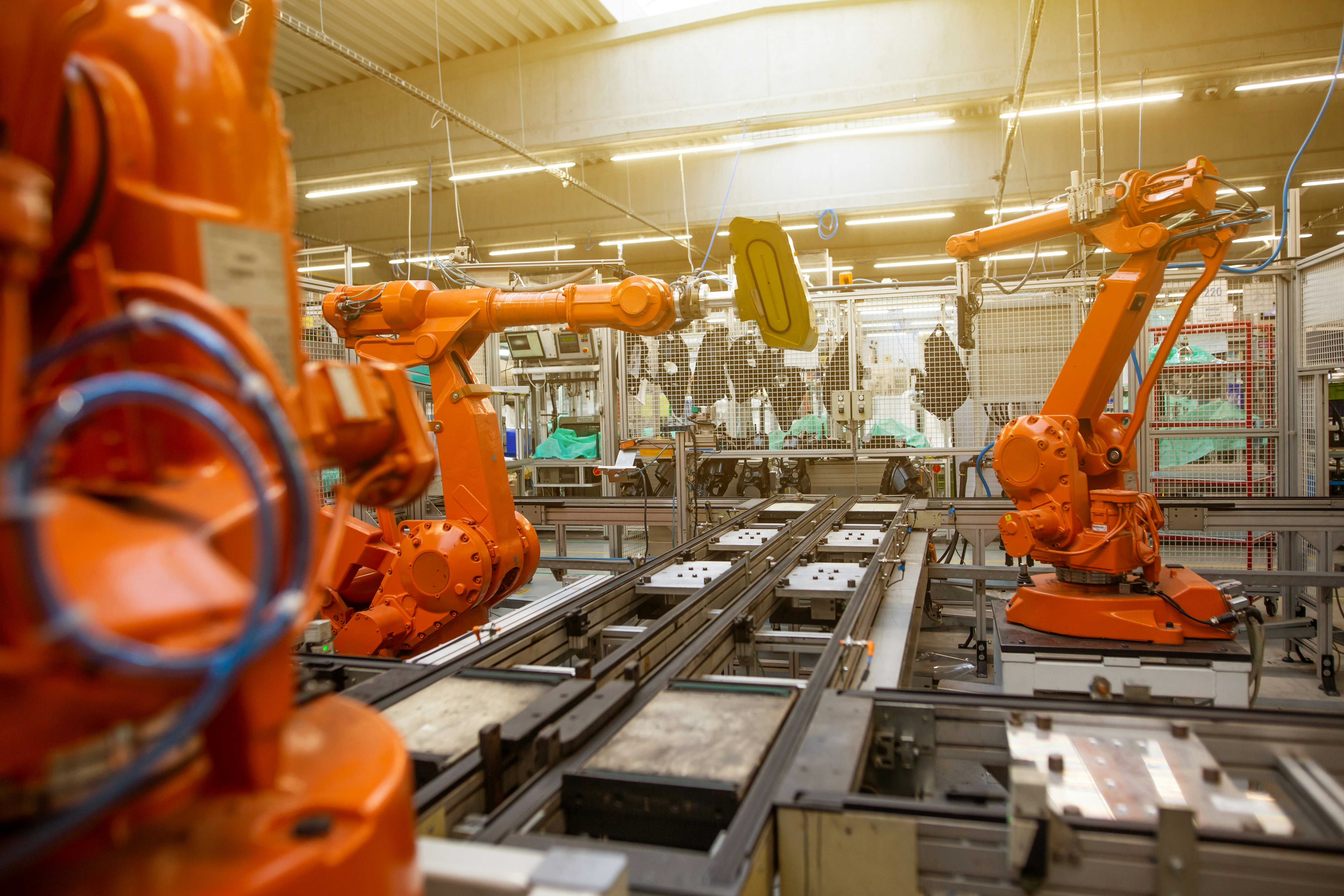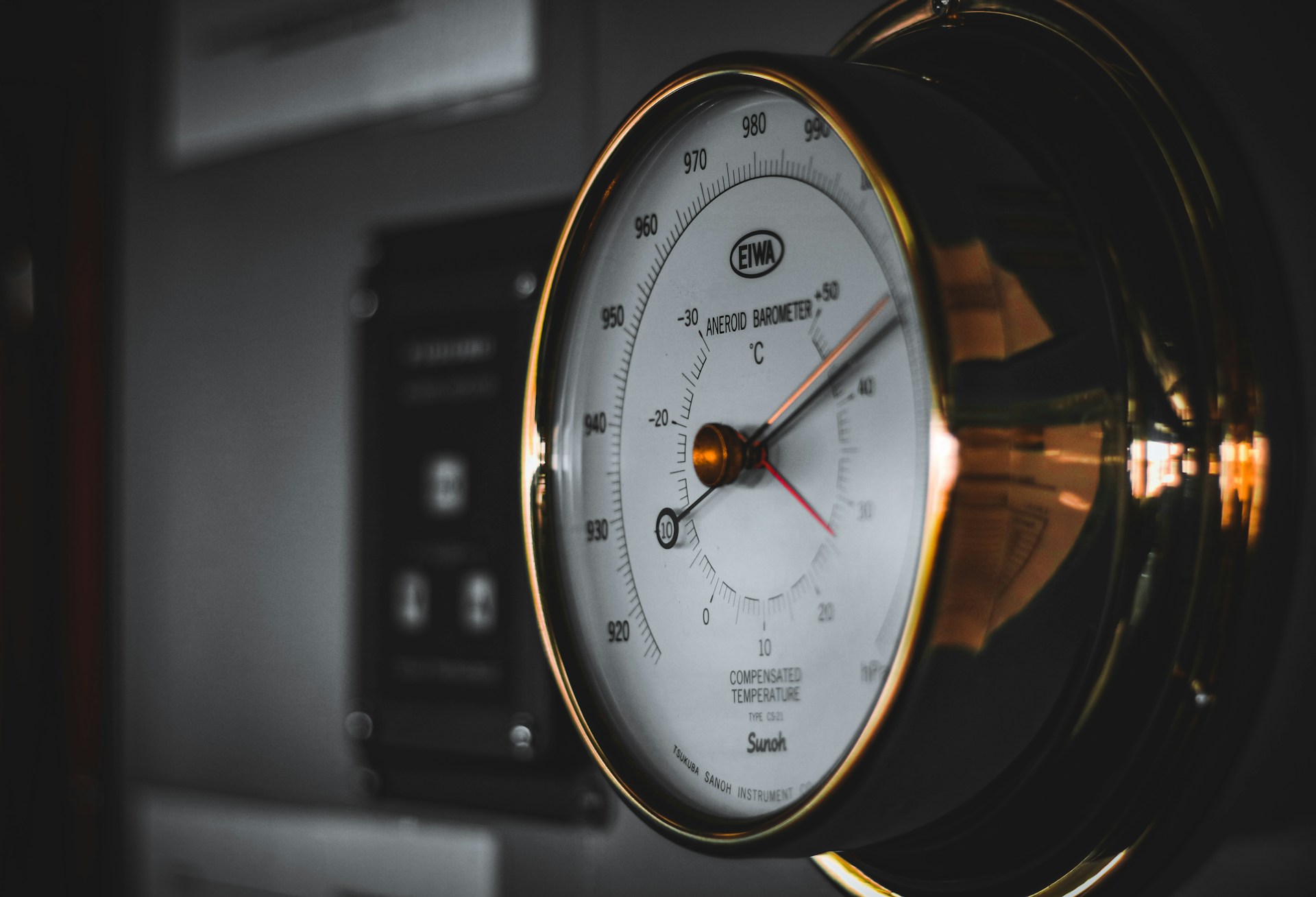Extrusion Machinery: Segments and Markets with Highest Export Potential
Several markets in structural growth phase, spread across the main segments, support the growth of the sector
Published by Marcello Antonioni. .
Metal industry Industrial equipment International marketing Uncertainty Marketselection Foreign markets Export markets Foreign market analysisThe 2024 final data on world trade flows, available in the ExportPlanning Ulisse Datamart, confirmed the good dynamism of international sales of Extrusion Machinery1: last year, despite slowing down compared to the previous two years, world trade in the sector confirmed historic high levels (20.3 billion euros), at levels over 18 percentage points higher than pre-pandemic levels2.
Extrusion Machinery:
Which segments and markets are driving growth?
With the recent update of the Market Selection-ExportPlanning tool, a new sector indicator called "Import Development Stage" was introduced. This indicator can classify each country into one of three stages of the import life cycle for a specific product: Latency, Growth, and Saturation3.
This indicator is particularly useful for companies interested in expanding, diversifying, and optimizing their export destinations, as it allows them to identify those markets where imports of a given product are in a phase of structural growth.
The table below highlights the most relevant segments of the Extrusion Machinery sector with the largest number of markets experiencing import growth.
Extrusion Machinery:
Number of Growing Markets and their Value of Imports
| Number of markets |
Imports 2024 (millions €) |
|
| Extruders for rubber or plastics | 28 | 451 |
|---|---|---|
| Blow-molding machines for rubber and plastics | 26 | 108 |
| Machinery for molding or retreading tires | 24 | 257 |
| Vacuum forming and other thermoforming machines | 24 | 88 |
| Presses for rubber and plastics | 21 | 61 |
| Injection-molding machines for rubber and plastics | 20 | 275 |
| Other machines for rubber and plastics | 33 | 1 165 |
Source: StudiaBo processing on ExportPlanning database
The case of extruders for rubber or plastics4 stands out above all others, with 28 international markets in the Growth phase, for a total associated import value of 451 million euros.
In particular, as the graph below highlights, a driving market for the segment in question is the Algerian market, whose imports of rubber or plastic extruders reached an all-time high last year (65.1 million euros), with an average annual growth rate of +13.5 percent in euro values over the last decade.
Other segments with a high number of international growth markets and a significant associated total import value are:
- blow-molding machines for rubber and plastics: 26 growth markets4, for an associated value of 108 million euros;
- machinery for molding or retreading tires: 24 growth markets5, for an associated value of 257 million euros;
- vacuum forming and other thermoforming machines: 24 growth markets6, for an associated value of 88 million euros;
- presses for rubber and plastics: 21 growth markets7, for an associated value of 61 million euros;
- injection-molding machines for rubber and plastics: 20 markets in the Growth phase8, for an associated value of 275 million euros.
Last but not least, it is worth highlighting the other machines for rubber and plastics9 segment, which - although residual in terms of definition - has a significant impact on global sales in the sector (close to 35% in value) and which features 33 markets in the Growth phase10, for an associated value of 1,165 million euros.
Conclusions
Using the Import Development Stage indicator can help highlight the greatest export opportunities for a particular sector, at the segment and market level.
In particular, this indicator is clearly useful for identifying the most dynamic components in terms of product segments, i.e., those characterized by a significant number of growth markets, and the related growth markets that are most significant in terms of import value.
1) See here the related description table.
2) It should also be underlined that when measured at constant prices, i.e. net of inflationary and exchange rate phenomena, the sector's growth performance is equally significant, with a gain of approximately 18 percentage points compared to pre-pandemic levels (2019).
3) There is also another category, called “Unclassified”, which includes countries that, for a given product, do not have sufficient data available on imports or GDP. For further information on the methodology used to build the indicator, you can refer to the article: Market selection: the new "Import Development Stage" indicator to discover the most promising export markets.
4) In particular, for the blow-molding machines for rubber and plastics segment, the markets of Nigeria (€23.8 million in 2024), Algeria (€18.9 million in 2024, with an average annual growth [CAGR] of +19.9% over the last decade) and Guatemala (€17.9 million in 2024) stand out.
5) In particular, for the machinery for molding or retreading tires segment, the markets of Cambodia (€101 million of imports in 2024), Algeria (€89.6 million of imports in 2024) and Vietnam (€45.4 million of imports in 2024) stand out. 2024), all of which have emerged from the Latency phase, with particularly accelerated average annual growth over the last decade.
6) In particular, for the vacuum forming and other thermoforming machines segment, the most notable cases are those of the Belarus (€22.3 million in 2024) and Algeria (€14.4 million in 2024), with particularly accelerated average annual growth over the last decade.
7) In particular, for the presses for rubber and plastics segment, the most notable case is the Algerian market (€25.5 million in imports in 2024), with average annual growth (CAGR) over the last decade close to +21% in euro values.
8) In particular, for the injection-molding machines for rubber and plastics segment, the most notable examples are the markets of Algeria (€63.2 million in 2024), United Arab Emirates (€23.8 million in 2024), Cambodia (€22.6 million in 2024), and Tanzania (€15.9 million in 2024), with significantly accelerated average annual growth over the last decade.
9) See here the related description table.
10) In particular, for the other machines for rubber and plastics segment, the most notable example is the US market (€500 million of imports 2024), with an average annual growth rate (CAGR) over the last decade of more than +11% in euro values.


